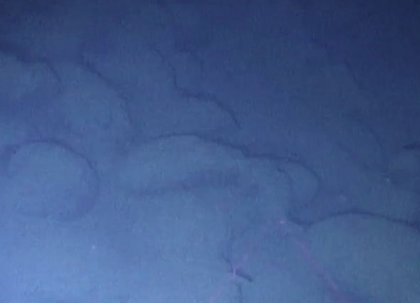1: Welcome to the Expedition
Thanks for joining our expedition. Funding for this cruise comes largely from a grant NSF awarded me to collect and document animals at hydrothermal vents and cold seeps in the North Pacific near California and Oregon. Why then, you might ask, are we sailing out of Panama to the East Pacific Rise (EPR) at tropical latitudes? It is a long story.
My proposal, submitted in 1999, requested ship time in 2001. Research vessels need to be scheduled well in advance, as it takes time to get a ship to where it's needed. Although US science is recognized as among the best in the world, our seven biggest research vessels have a cruising speed of 12 knots, about 13.8 mph. It doesn't matter if I can get to the West Coast from O'Hare in 4 hours if it takes the research ship I need 4 weeks to get to the same port. An additional constraint was my request for the R/V Atlantis, and its special cargo, the only US deep-diving manned submersible, Alvin. Alvin is one of the very few means to effectively sample on the seafloor, as such its use is in high demand and its time is heavily scheduled. In addition, Alvin (because it carries humans inside) is required by the Navy to undergo a complete overhaul every three years. Alvin pilots and other engineers spend six months literally taking Alvin apart, making sure everything works, and putting it back together again. Because my requested use of Alvin overlapped with a scheduled overhaul, my first cruise was scheduled for 2002, not 2001.
In spring of 2002, six weeks before my cruise, I had my science party invited and was planning the gear to bring when I heard rumors of problems on board the Atlantis. No one had been injured, but a fire had severely damaged two engines. Replacing them would require that the ship spend a month in port rather than on the high seas. The ship's schedule had been full for that summer and something had to go; it was my cruise, postponed to 2003. To ease my pain, I was awarded one dive day in December 2002, which was the source of my Expeditions web page from last year. In addition, that July Z and two of the other senior scientists on the Meet the Team part of the web page, invited me to join their cruise funded by NOAA's Undersea Research Program on another ship. My other active NSF grant funded another month at sea with the Remotely Operated Vehicle Jason II. After 10 weeks at sea on three different cruises last year, I had still to lead my own cruise, three years after having had my proposal funded and seven years after I began deep-sea research.
This year, my cruise looked good to go as planned until I got a phone call in April, not on April Fools' Day. NSF called to say that the cost of ship's fuel had sky-rocketed and they could not afford to send the Atlantis to the North Pacific, 10 days one way, for just my cruise and one other. I could either wait till 2004 or move my targeted area 1800 miles south to the EPR. I had overnight to decide. You know what I chose if you know the title to this expedition. As of 22 Oct., we were set to go. Everything I had ordered and shipped was loaded during the ship's last US port call in Galveston TX. Four of my science party are on-board, either because they were members of the previous cruise or because they otherwise would not be able to afford the air travel.
The phone rang again last Wednesday. Repair work on a lock in the Panama Canal has forced the canal to close from 20 to 30 Oct. We were supposed to board the ship in Balboa, on Panama's West Coast on Thursday, 30 Oct but now we won't. When the canal reopens after midnight that day, the Atlantis and all the other ships that are waiting will proceed through, in a sequence determined in part by when they arrived and in part by size (who fits with other ships in a lock). We might wait for three days to transit the canal. We might not. This is the first stage of the cruise I've looked forward to for four years. Please join us when I write again from Panama to learn what happens. I wish I knew.





